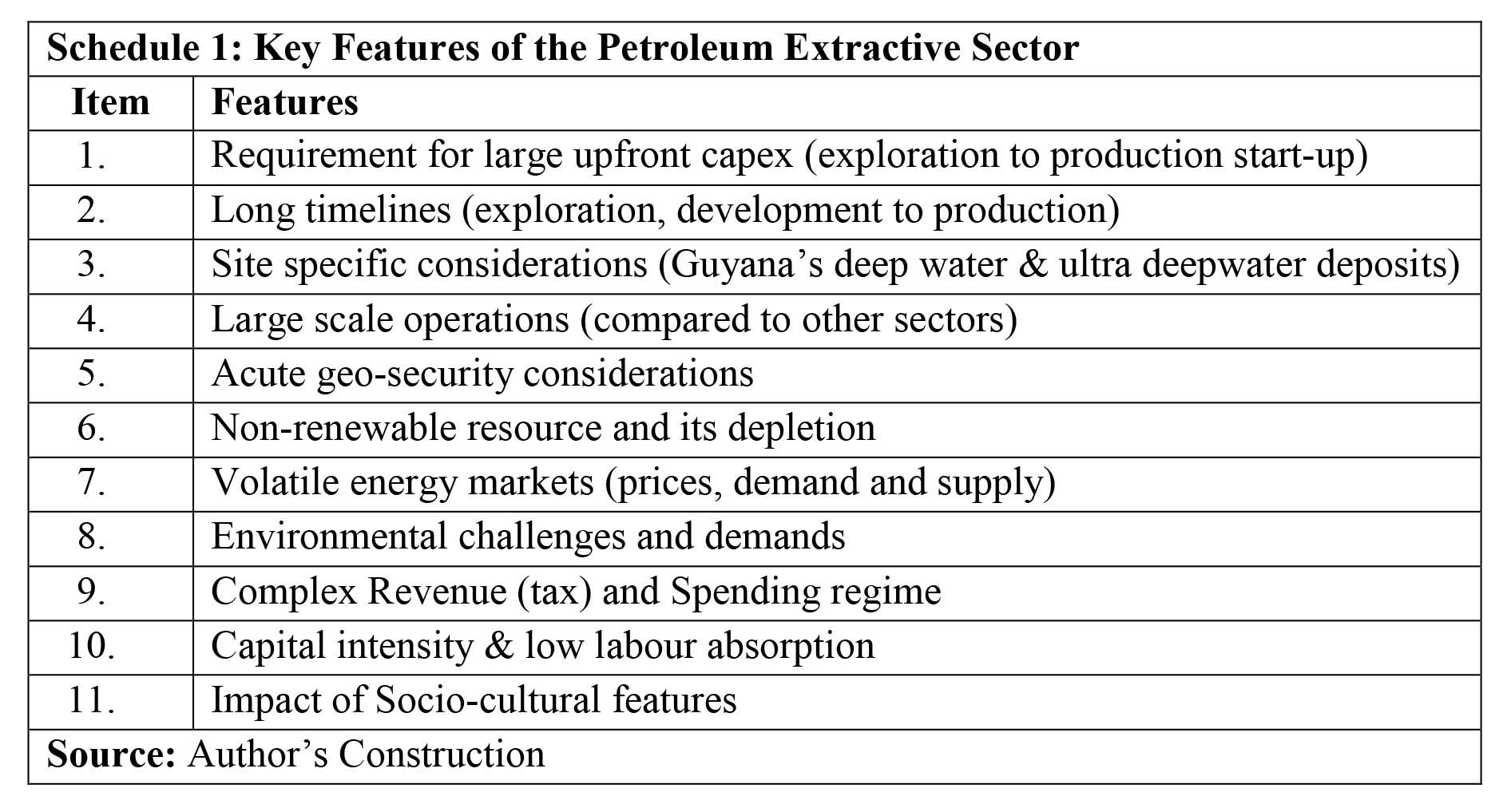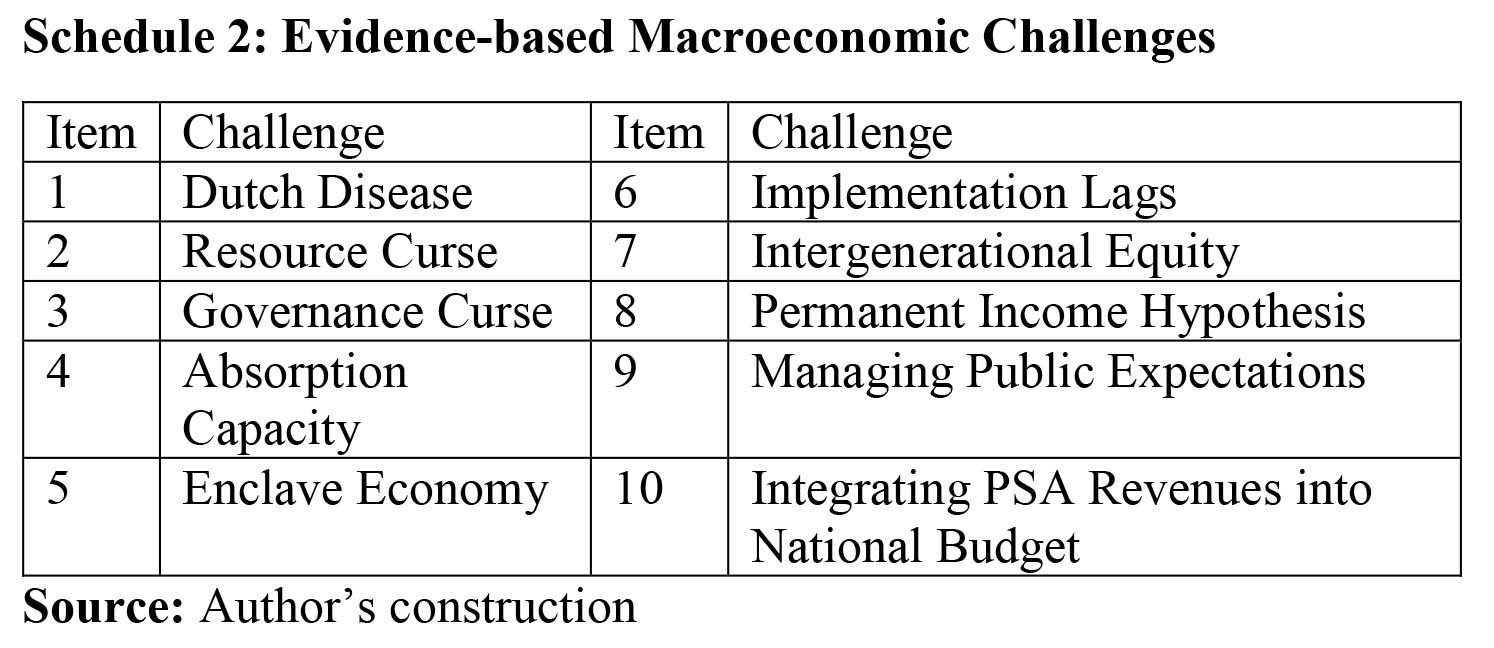Introduction – Core Objectives
As modern national budgets tend to do, Guyana’s 2021 Budget identifies upfront six core objectives, which it sets about to achieve. It also proclaims at the outset: “In keeping with His Excellency’s vision, Budget 2021 seeks to achieve the following objectives for all Guyanese” Briefly, these core objectives are: 1) keeping the population safe from the COVID-19 global pandemic; 2) establishing a diversified and resilient production structure; 3) facilitating the build out of national infrastructure in order to promote and sustain broad-based transformative economic activity; 4) establishing world class social services for both domestic and export use; 5) enhancing the quality and use of IT in the public services; and 6) promoting the rule of law, constitutionality and good governance. All the above is framed under the Budget’s guiding theme: A Path to Recovery, Economic Dynamism and Resilience.
For me, this list of six declared Budget objectives betrays three striking omissions. I hasten though to caution readers that the three omissions, which I identify below did receive some coverage in the Budget Presentation. Organizationally though that coverage does not reach the level of a core objective in the 2021 Budget.
The first of these omissions is what I interpret as the primary objective of Guyana’s economy: to reduce poverty and inequality. Further, I have singled out this omission for first mention, because as readers know my Buxton Proposal aims at securing that Guyana’s oil and gas windfall revenues work to remove the scourge of poverty and inequality from the land. I’ll return to this topic in coming columns. It is noted that the Budget does reference safety nets, jobs, education and training, all of which impact on poverty and inequality.
The second omission is that despite extended references in the Budget to the low carbon development strategy (LCDS) and the Amaila Falls Hydropower Project (AFP), it is staggering to note, the environment does not get mentioned among the six core Budget objectives. And, the third omission I identify here is the promotion of geographic and spatial balance in the distribution of economic/ social activities and opportunities. This last item is directed at removing urban/rural and coastal/interior dichotomies.
Oil & Gas Budget Proposals
In this Section, I list the major policy indications in the Budget and the sequence in which I plan to engage them going forward. First, the 2021 Budget identifies the Dutch Disease as the greatest development risk and macroeconomic challenge the Authorities must navigate. Indeed, it proclaims that, in keeping with its macroeconomic outlook, it is “ever mindful of the need to avoid pitfalls that have beset many producers of oil and gas and many resource rich countries, including Dutch Disease” It singles out the Dutch Disease for mention.
Second, over the medium to long-term in order to optimize petroleum benefits flowing to Guyana, the Authorities must also construct an effective local content/requirements framework under which the oil and gas sector evolves. Third, the Budget identifies that the institutional, oversight and regulatory capacity of the state must be drastically enhanced.
Fourth, the 2021 National Budget diagnosed the competitive cost availability of energy as the binding constraint to growth and expansion of the Guyana economy going forward. Indeed, the Budget declares: “the single biggest impediment to accelerated economic and social development is the absence of adequate, affordable, and reliable energy”.
I’ll address the four topics listed above in coming columns.
Oil and Gas Sector Challenges
At this juncture I recall the key features of the oil and gas extractive sector, which I had displayed in a simple schedule for readers’ convenience back in 2018 (see- Schedule 1). I have urged these features should contextualize the challenges that the Authorities will have to navigate. These range from the humongous capital expenditure (capex) required upfront through the high volatility of the crude oil market, to the tremendous environmental threats, which have to be overcome. Every characteristic in the Schedule is formidable. Consequently, when taken together, they are almost overwhelming, particularly for Guyana-type economies, which are without a fully developed framework (legal, institutional and regulatory) in which to locate the emerging petroleum sector.
Macroeconomic Challenges
I had earlier observed that evidence-based research studies, starting in the early 2000s, have brought to the fore ten identifiable macroeconomic challenges, which invariably confront small oil exporting economies. These are: 1) the threat of Dutch Disease 2) the burdens of the Resource Curse 3) the dangers of the Governance Curse 4) the lack of Absorptive Capacity in the economy 5) the entrenchment of an Enclave Economy into what is expected to be an essentially offshore oil and gas sector 6) the persistence of Implementation Lags 7) the ability to assure Intergeneration Equity 8) accommodating to the pressure of international financial institutions, IFIs,, to contain government spending to limits that operate on the operational premises of the Permanent Income Hypothesis 9) Managing Public Expectations and, 10) the integration of PSA revenues into the National Budget Schedule 2 summarizes the above.
Conclusion
Next week, as indicated above, I shall address the topic: Dutch Disease












